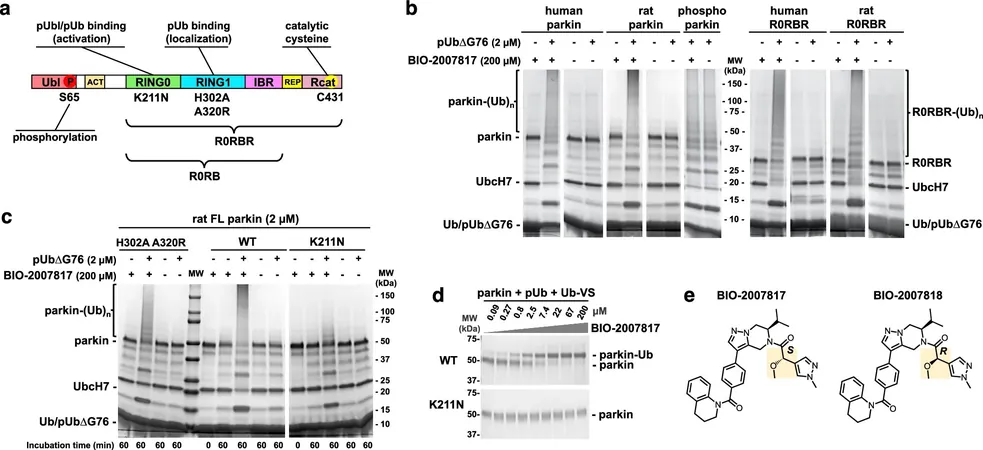
Breakthrough Drug Molecule Offers Hope for Young Parkinson’s Disease Patients
2024-09-19
Breakthrough Drug Molecule Offers Hope for Young Parkinson’s Disease Patients
In a significant breakthrough for medical science, researchers at McGill University have unveiled a promising new drug molecule that could revolutionize the treatment of Parkinson's disease, particularly among younger patients. Currently, over 100,000 Canadians are grappling with this progressive neurodegenerative condition, which often manifests with debilitating symptoms such as tremors, slowed movements, and balance difficulties.
Professor Kalle Gehring, a leading biochemistry expert at McGill University, expressed great enthusiasm about the new compound developed by biotech company Biogen. "This drug raises the possibility of a cure for Parkinson's disease in a subset of patients," he stated. Such a development could be life-altering for many, especially considering that 5 to 10% of those diagnosed with Parkinson’s are affected before they reach 40.
The innovative compound targets parkin, a critical protein within brain cells responsible for clearing out and recycling damaged mitochondria. Failure of parkin to function properly leads to mitochondrial accumulation, a primary contributor to Parkinson's disease. Through cutting-edge research conducted at the Canadian Light Source (CLS) at the University of Saskatchewan, Gehring’s team successfully illustrated how this new drug activates parkin, effectively reengaging its essential housekeeping duties within affected cells.
Using the advanced CMCF beamline at CLS, the researchers discovered that the compound binds parkin to a natural activator found in the cell, illuminating the drug’s intricate mechanism of action. “The drug activates parkin through a secondary pathway, making it particularly effective for specific parkin mutations common among younger patients,” Gehring explained.
This research builds upon earlier studies from 2013 and 2018, enhancing the understanding of parkin's functionality and its relevance to Parkinson's disease. Now, thanks to techniques like protein crystallography, the team has been able to visualize the 3D structures of these proteins, revealing where the new drug molecule attaches and how it impacts their behavior. This critical insight holds immense promise for the future development of targeted Parkinson’s therapies.
As the aging population in Canada continues to grow and as effective treatments for other diseases improve, the prevalence of neurodegenerative diseases like Parkinson’s is projected to rise sharply. Gehring emphasized, “Our ultimate goal is to discover compounds that can provide widespread treatments for Parkinson's disease.”
The journey towards finding a potential cure is ongoing, but with research like this paving the way, hope seems brighter than ever for those affected by Parkinson's, especially among the younger demographic yearning for effective means to combat this relentless condition.

 Brasil (PT)
Brasil (PT)
 Canada (EN)
Canada (EN)
 Chile (ES)
Chile (ES)
 España (ES)
España (ES)
 France (FR)
France (FR)
 Hong Kong (EN)
Hong Kong (EN)
 Italia (IT)
Italia (IT)
 日本 (JA)
日本 (JA)
 Magyarország (HU)
Magyarország (HU)
 Norge (NO)
Norge (NO)
 Polska (PL)
Polska (PL)
 Schweiz (DE)
Schweiz (DE)
 Singapore (EN)
Singapore (EN)
 Sverige (SV)
Sverige (SV)
 Suomi (FI)
Suomi (FI)
 Türkiye (TR)
Türkiye (TR)